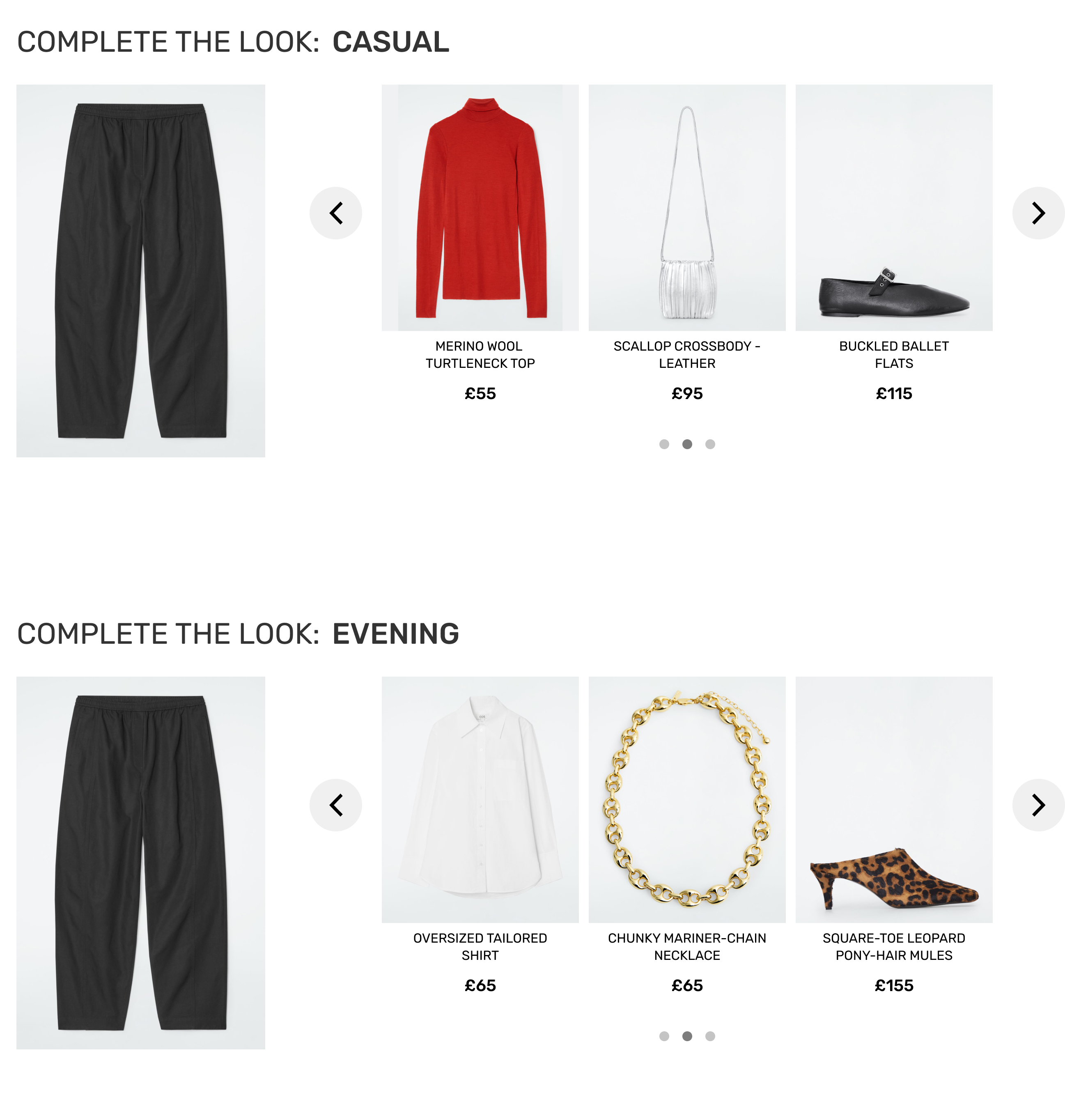Precise product attributes are the key to exceptional customer experiences, driving sales and fostering brand loyalty. Natalie Theo, Dressipi’s Style Director shares her experience on how investing in robust product attribution, allows merchandisers to outperform competitors and meet the needs of discerning shoppers.
In your experience, how crucial is high-quality product data for driving successful e-commerce in fashion? Can you explain how it impacts everything from searchability to customer satisfaction?
We’ve got to the stage in fashion where there is not only a 24/7 conveyor belt of new products but also the never-sleeping ‘what to shop’ messaging on social media platforms, where an increasing percentage of search and shopping takes place. Brands are fighting for airtime and have a very small window of opportunity to win over and satisfy customers. Given this environment, it’s extraordinary that we’re still seeing retailers incorrectly describing even the most basic of terms such as length incorrectly on PDPs. If a retailer cannot get a ‘maxi’ or ‘midi’ right, they’re missing that crucial opportunity to put the right garment in front of the right customer. And that’s before we address style, fit, and texture group. But as in fashion, it’s not just about the basics. Shoppers are becoming more astute and search has come to mean so much more from trends to a fashion aesthetic to accommodating climates. If we get the data points right to match the search terms then that impacts customer satisfaction.
As a Style Director, what do you see as the main challenges retailers face when it comes to maintaining accurate and detailed product data across their inventories?
An easy-to-use system that all departments from tech to marketing, merchandising, PR, buying and creative directors can easily access and use in a way that is meaningful to them. Every department of a retailer and fashion brand is working towards the same goal – but each department needs different pieces of information at different times to arrive at the same destination.
Secondly – up-to-date standardised meta-data is essential. Fashion is not static. Neither are our shopping habits, lifestyles, moods, or careers. Fashion changes and the product data needs to evolve with it. So, for example, last year, Azzedine Alaïa’s Creative Director Pieter Mulier, sent Western-inspired ‘barrel’ jeans down the catwalk. What started as a catwalk trend, has now become a jeans mainstay. And this has hit across the board from denim brands like FRAME to luxury brands such as Alexander McQueen and across the high street from M&S to New Look. As a result, that was a new data point that needed to be added to our attributes. Buyers and merchandisers would have needed this new trend-to-mainstay piece accounted for both in terms of tracking sales and style longevity as well as the all-important Google search…

This autumn/winter season the denim trend has transitioned into the ‘barrel’ trousers trend as seen on the catwalks of Emporio Armani, Balmain and Dries Van Noten to name a few and on social media fashion influencers are sporting barrel styles from COS and H&M. This trouser style as a data point was then also added to our attributes to keep our data relevant. After all, fashion is as much about fun and discoverability and trying something new as it is about functionality.
Thirdly, making sure model imagery and attributes align. Model imagery is important in capturing and reflecting a brand’s identity. We all love seeing an item shot on a model. It gives context to a piece of clothing but it can also lead to havoc in terms of understanding a garment’s fit, details, etc. Accurate product data gives more depth and inspiration to the ‘what the model wears’ imagery. The fit, length and overall ‘look’ of an item varies in model imagery especially when the model poses in different positions.
Accurate product attributes are crucial when it comes to maintaining a brand’s identity. After all, that is one of the key reasons why a customer will always go to brand ‘X’ for her jeans and jackets as opposed to brand ‘Y’. That level of expectancy needs to be met. A lack of detailed, accurate and up-to-date product data can detract from the carefully constructed brand identity that teams create each season.
How does the accuracy and depth of product data affect the overall customer experience, particularly in areas like personalisation and product discovery?
From a personalisation point of view, the depth of product data means that a garment is attributed with so much life, that it’s akin to talking to and receiving a fashion recommendation from a personal stylist taking into consideration a person’s preferences, shape, lifestyle, budget etc. And it’s not just recommendations on a PLP or in personalised emails, accurate and detailed product data is crucial in delivering relevant outfits – i.e. the ‘how to inspiration’ – as well as a simple trouser recommendation. With the barrel leg example, a customer might want to try out a trend and be unsure as to how to style this new silhouette so our algorithms and recommendations take into consideration a combination of attributes that will allow us to show an outfit that works not only proportionally but also for that particular customer who may prefer a mid-rise waist trouser to a low-rise or a particular print or embellishment. It’s also important to understand how the shapes and proportions of the season work together to achieve an outfit that flows from top-to-bottom.

If the product features are not only in the title but also detailed (with relevant details that is) then a retailer’s item e.g. ‘high waist barrel leg tweed trousers’ will map to the customer search for that item. Said customer not only wants the new style trouser but is specific when it comes to the added features.
What role does quality product data play in enhancing trust between retailers and customers? How can it help build loyalty and confidence in a brand?
If someone has taken the time to search for something specific and to buy an item surfaced by a retailer and they receive exactly what they were looking for as described and recommended by said retailer, i.e. an item that fits and flatters, then you have a happy, returning customer.
